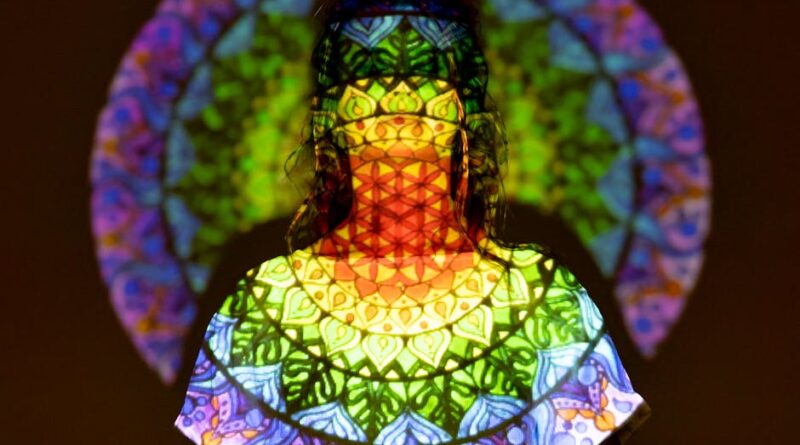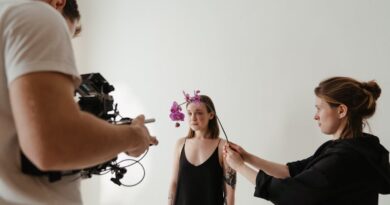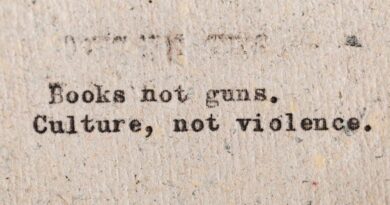The Power of Color in Art Creations
Have you ever stopped to wonder why certain paintings just make you feel good? Or why some colors seem to grab your attention? Color plays a huge role in art, shaping our emotions and experiences. Lets explore how artists wield this power and what it means for us.
What Makes Color So Important in Art?

Color is more than just a visual element; it sets the mood. Think about it: a bright, sunny yellow can make you feel cheerful, while a deep blue might evoke calmness. According to a study by the Color Marketing Group, colors can influence our feelings and even our decisions.
Using the right colors allows artists to tell a story. They can create tension, convey joy, or evoke nostalgia. This emotional impact is why color is so important in art.
How Do Artists Choose Colors?
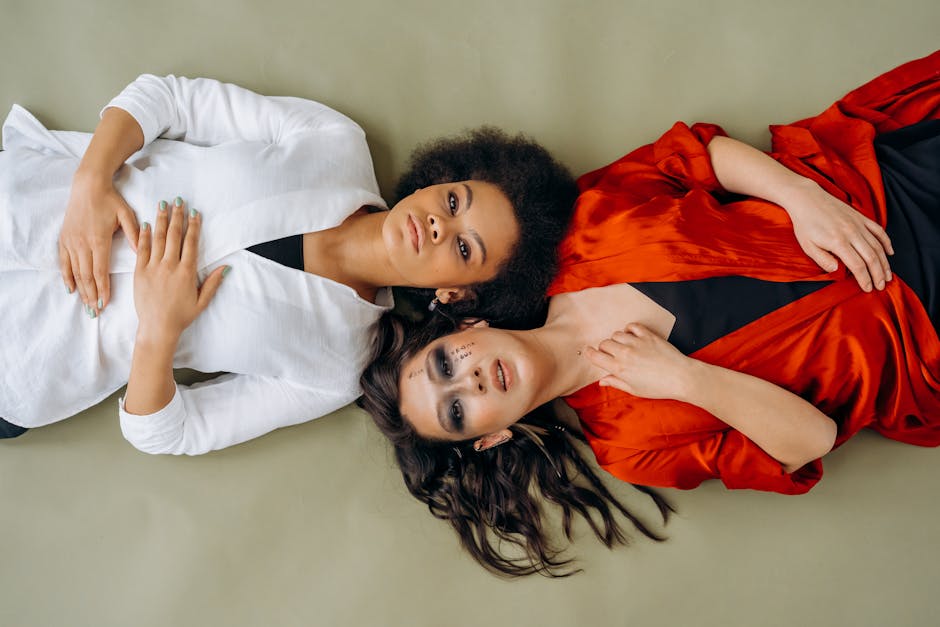
Artists typically think about their message before choosing colors. They may ask themselves questions like:
- What mood do I want to create?
- How do these colors interact with each other?
- What message do I want to convey?
For example, Vincent van Gogh often used bright, vivid colors to express his emotions. His famous painting “Starry Night” uses swirling blues and yellows to create a sense of movement and wonder.
What Are Color Schemes?
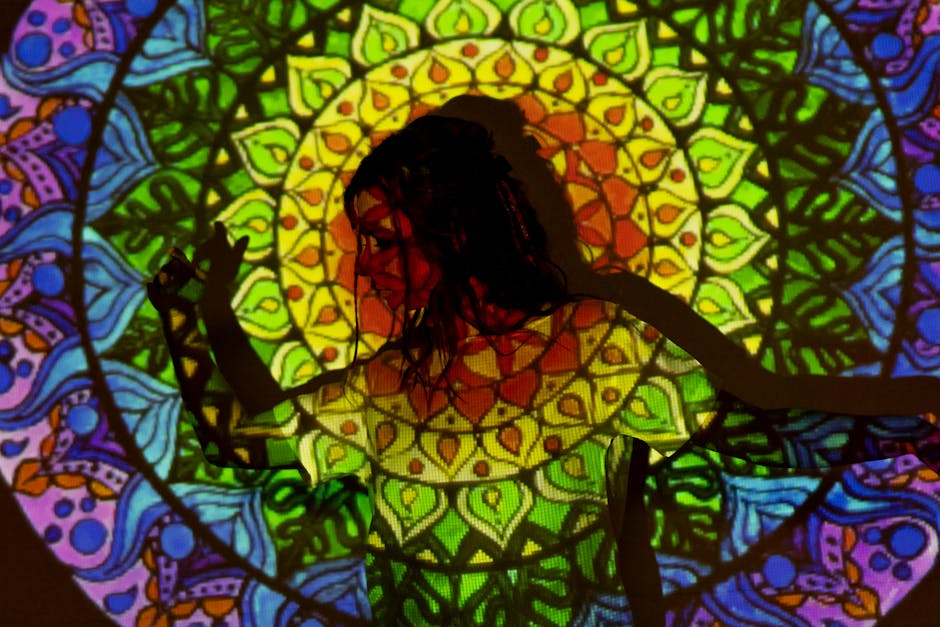
A color scheme is a set of colors that work well together. Artists often use these schemes to create harmony or contrast. There are three main types:
- Monochromatic: Variations of a single color.
- Analogous: Colors that are next to each other on the color wheel.
- Complementary: Colors that are opposite each other on the color wheel.
For instance, a monochromatic scheme might use different shades of blue to create a calm atmosphere, while a complementary scheme might use red and green for a vibrant contrast.
What Do Colors Represent?
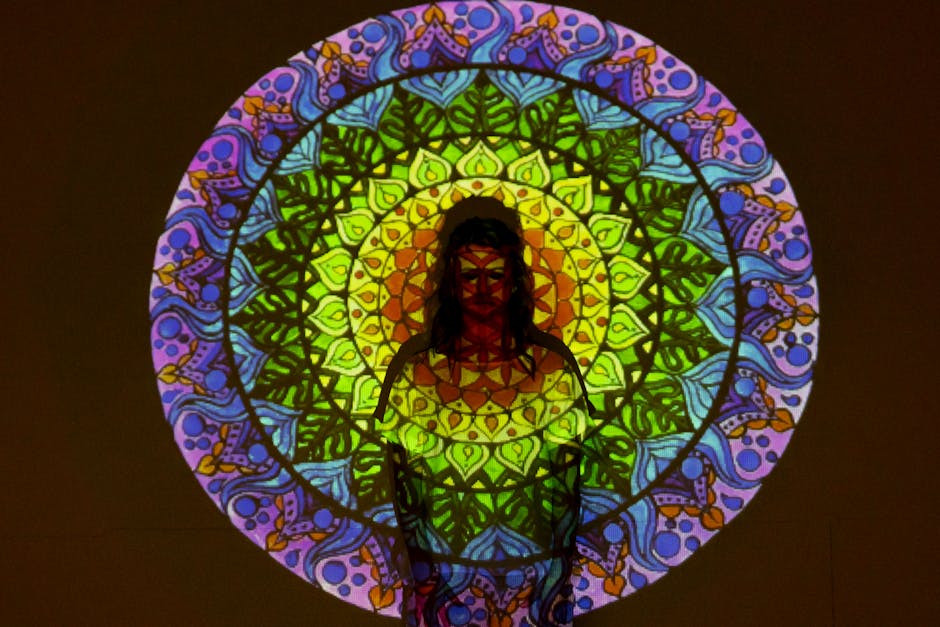
Colors have different meanings across cultures. Heres a quick look at some common interpretations:
- Red: Passion, love, or anger.
- Blue: Trust, calmness, or sadness.
- Yellow: Joy, energy, or caution.
- Green: Nature, growth, or envy.
Understanding these associations can help artists choose colors that align with their intended message.
Can Color Affect Our Mood?
Absolutely! Research shows that color can influence our mood and feelings. A study published in the journal “Color Research and Application” found that certain colors can trigger specific emotional responses. For example:
- Warm colors like red and orange can boost energy.
- Cool colors like blue and green can promote relaxation.
This is why some restaurants use warm colors to create a lively atmosphere, while spas often use cool colors to help clients relax.
How Does Lighting Impact Color?
Lighting plays a critical role in how we perceive color. The same color can look different under different lights. For instance, a bright red might appear softer in candlelight but vibrant in natural sunlight. This is why artists consider lighting when creating art.
To see this in action, take a look at a sunset. The colors shift dramatically under the changing light, showcasing how lighting can enhance or alter our perception of color.
Are There Psychological Effects of Color in Art?
Yes, color can even affect our psychology. Certain colors can inspire creativity, while others can calm anxiety. For instance, studies suggest that blue can encourage clear thinking, making it a favorite choice for offices and study spaces.
Artists can tap into these psychological effects. By using color wisely, they can evoke specific feelings in viewers. This connection between color and emotion is a powerful tool in art creation.
Common Misconceptions About Color
Many people believe that color choice is purely subjective. While personal taste does play a role, there are established psychological principles behind color. Here are some common misconceptions:
- All colors evoke the same feelings in everyone: This is not true! Cultural background and personal experiences influence color perception.
- Bright colors are always more appealing: Sometimes muted colors can evoke more profound emotions.
Understanding these nuances can deepen our appreciation for art and color choices.
What Are Some Everyday Examples of Color Use?
Color surrounds us daily, influencing our choices and feelings. From the clothes we wear to the advertisements we see, color plays a pivotal role. Here are a few examples:
- Branding: Companies like McDonald’s use red and yellow to create a sense of excitement and hunger.
- Interior Design: A room painted in soft pastels can feel serene, while bright colors can energize a space.
- Fashion: Wearing black can convey elegance, while wearing bright colors can reflect a fun personality.
In each case, color choices significantly impact our perceptions and feelings.
How Can You Use Color in Your Own Art?
Ready to explore color in your own creations? Here are some tips:
- Start with a Color Wheel: Familiarize yourself with primary, secondary, and tertiary colors.
- Experiment with Different Schemes: Try using monochromatic, analogous, or complementary schemes in your artwork.
- Reflect on Your Emotions: Think about the feelings you want to evoke and choose colors accordingly.
- Observe Nature: Take inspiration from natural color palettes in your surroundings.
don’t be afraid to try new combinations and see how they make you feel. Art is about exploration and expression.
what’s Next for Color in Art?
The world of color continues to evolve. New technologies allow artists to experiment in ways never before possible. Digital art, for example, opens up a whole new realm of color possibilities.
As we move forward, artists will keep discovering unique ways to express themselves through color. Who knows what exciting trends await us?
Conclusion: Embrace the Power of Color
Color is a powerful tool in art that goes beyond mere aesthetics. It shapes our emotions, influences our perceptions, and tells stories. Whether you’re an artist or simply an art lover, understanding color can enhance your experience.
So next time you gaze at a painting or decorate a room, pay attention to the colors. Ask yourself what feelings they evoke. Embrace the power of color in your own life and creations!
For more insights on art and creativity, visit Artsy. You might also enjoy our post on color in design!
